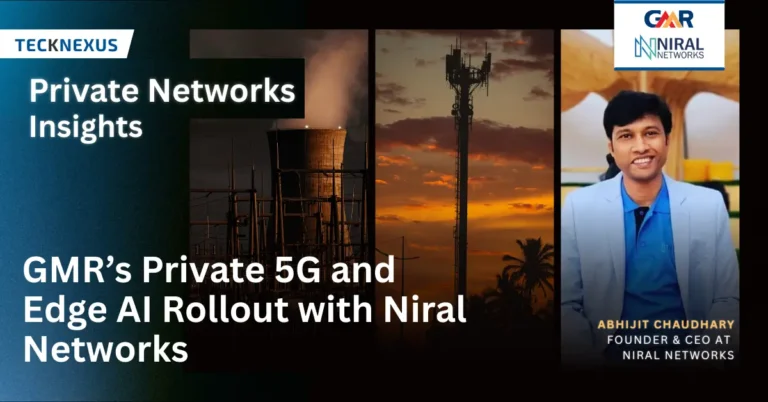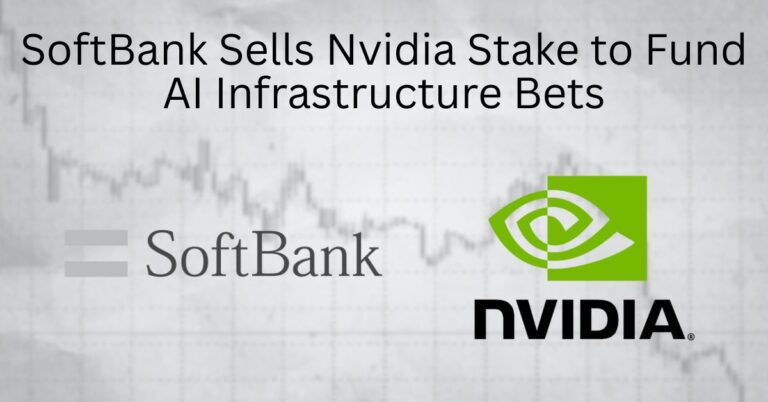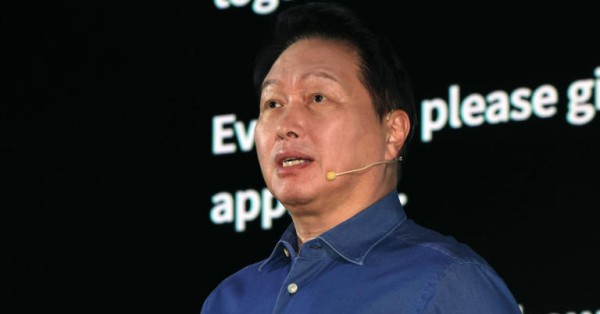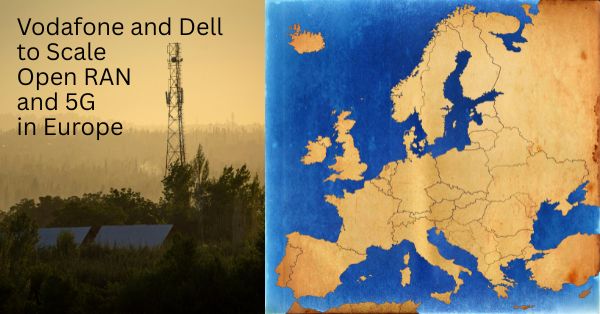Greenfield: A common conversation is that Open RAN is only applicable in completely new builds and not to existing operations or operators. We disagree with that. Open RAN is the application of new modern technologies into a business and an operation.
Brownfield: One view is to see this existing operations and operators as not what’s commonly termed a Brownfield but rather as a collection of Greenfield opportunities and existing businesses, all of those that are available for modernization. Now, do you do all of those at the same time? No, you do not.
I fully predict that some of the existing infrastructure and operations will be here in 10 or 15 years. However, we should change the ones we want to change as quickly as possible and create a new operating model and growth. So it’s a different landscape, a different business, and a different challenge. And it’s finding the right tools to meet those needs.














































